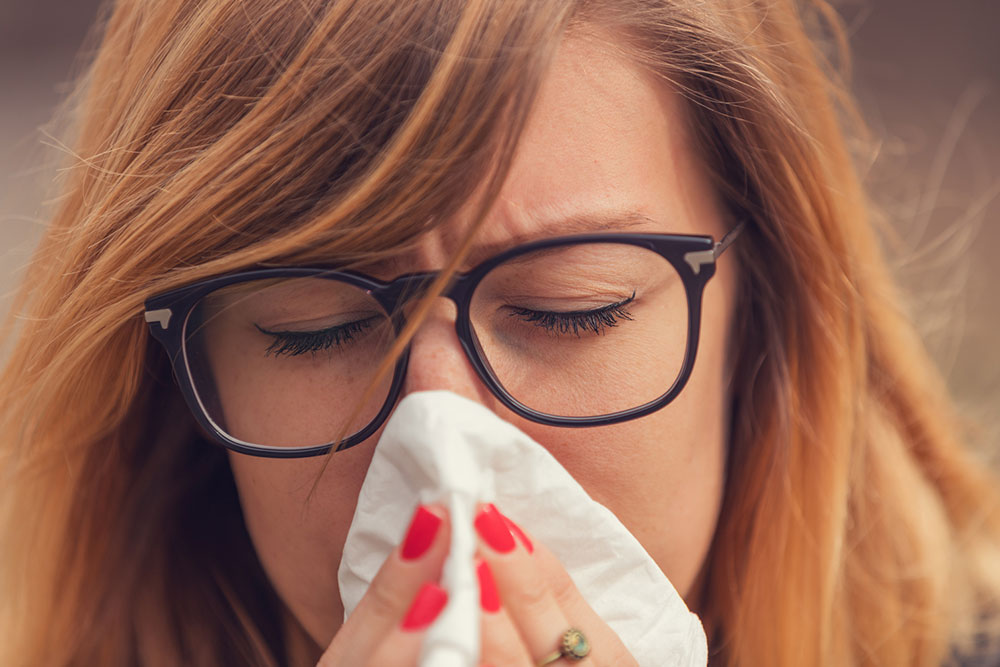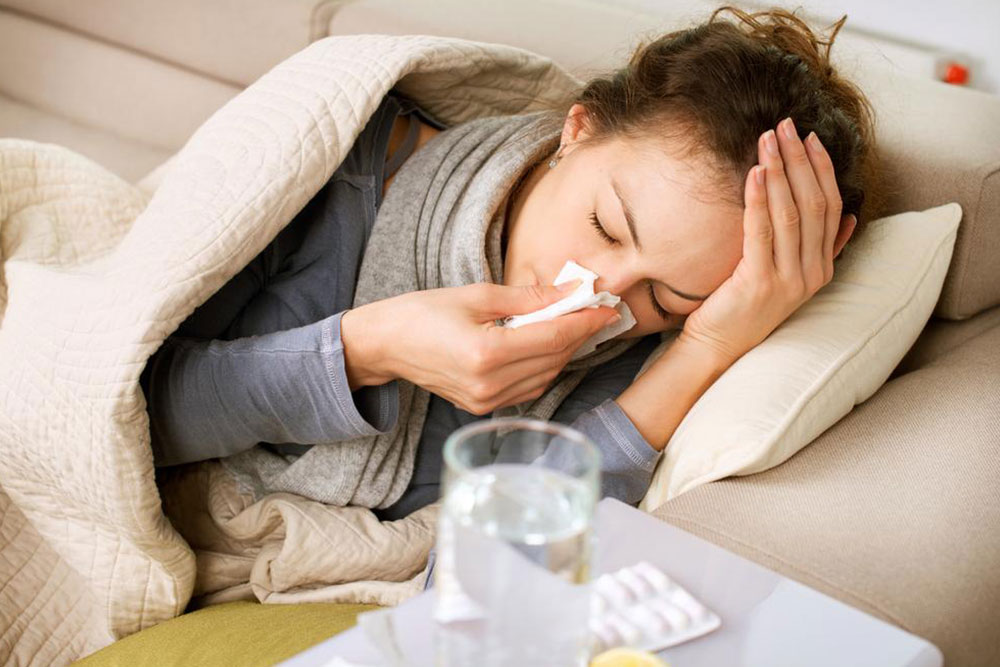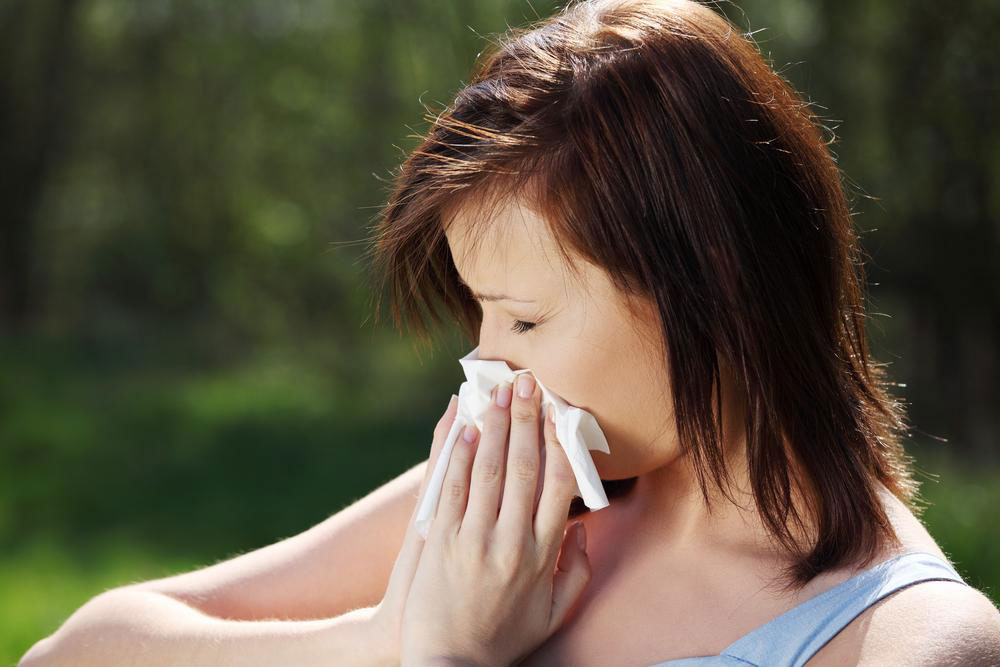Understanding and Managing Seasonal Allergies
Discover effective strategies to identify and control seasonal allergy symptoms caused by pollen and mold. From protective measures to environmental adjustments, this guide offers practical tips to help you manage allergies and improve your quality of life during peak seasons.

Understanding and Managing Seasonal Allergies
If you experience symptoms such as a runny nose, itchy eyes, or congestion during certain times of the year, you're likely dealing with seasonal allergies. These common issues can disrupt daily routines and reduce quality of life. Although no definitive cure exists, there are practical strategies to lessen symptoms.
Recognizing your allergy triggers is essential. Typically, ragweed and molds are the primary culprits. Ragweed is a resilient weed found alongside roads, in vacant lots, and fields, capable of releasing billions of pollen particles that travel hundreds of miles. Mold thrives in damp environments, especially after rainfall, making affected areas prone to allergen surges.
To minimize exposure, consider simple DIY measures: wear masks during outdoor activities, utilize HEPA filters and dehumidifiers indoors to improve air quality, and frequently clean air conditioning filters. Monitoring pollen counts before travel can help you plan accordingly. Protect your eyes with glasses to prevent pollen contact, and shower after outdoor exposure to wash away allergens. Exercising early in the morning, when pollen levels are lower, can also provide relief. If you have pets, regular washing helps prevent pollen transfer from fur. Following these tips can help manage symptoms effectively and improve comfort during allergy season.
Note: Our articles aim to provide helpful and practical information across various topics. They should not replace professional medical advice. Always consult healthcare professionals for personalized treatment and diagnosis.










